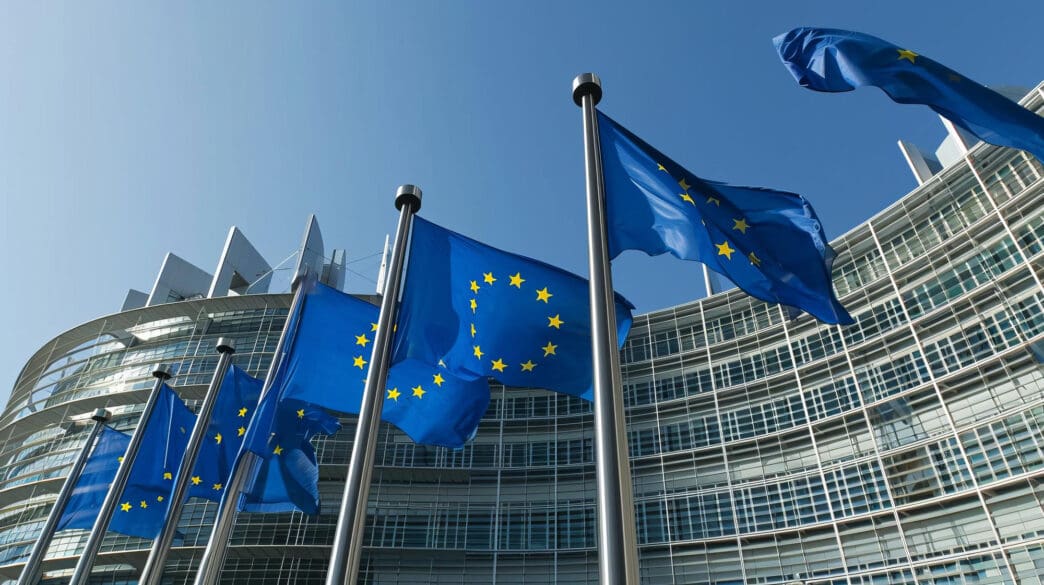Executive Summary
The Story So Far
Why This Matters
Who Thinks What?
European Union finance ministers are convening in Brussels this Thursday, November 10, 2025, to deliberate on critical financial support mechanisms for Ukraine, with a senior EU official indicating that utilising frozen Russian assets is the most probable path forward. This discussion follows a pledge by EU leaders on October 23 to address Ukraine’s financial requirements for 2026-2027, prompting the European Commission to outline viable funding options.
Funding Options for Ukraine
The European Commission is tasked with presenting options to secure an estimated 130-140 billion euros ($152-163 billion) that Ukraine is projected to need. While a formal options paper is still in preparation, two primary methods have emerged: borrowing funds from the market or leveraging frozen Russian assets.
According to an EU official close to the discussions, the option involving frozen Russian assets is considered the more likely choice. This approach, often referred to as the “Reparations Loan,” would see the EU replacing Russian cash held in accounts at the Belgian securities depository Euroclear with zero-coupon AAA bonds issued by the European Commission. The cash would then be disbursed to Kyiv, with repayment contingent on Ukraine eventually receiving war reparations from Russia, effectively transforming the loan into a grant and making reparations accessible before the conflict concludes. Most of these Russian assets, frozen since the February 2022 invasion, have matured and converted to cash within Euroclear.
Belgium’s Concerns and Legal Basis
Despite the preference for using frozen assets, Belgium, where the majority of these assets are held by Euroclear, has raised significant concerns regarding potential legal liabilities. The Belgian government is seeking assurances from other EU member states that they would collectively provide the necessary funds to repay Moscow within three days should a court mandate the return of the assets.
Belgian officials argue that mobilising over 100 billion euros on such short notice would pose a substantial challenge for the EU, even if the likelihood of such a scenario is considered low. Additionally, Belgium has called upon the Commission to establish a robust legal framework for the entire operation to mitigate the risk of successful Russian lawsuits and has urged other EU countries holding frozen Russian assets to participate in the scheme to distribute responsibility. The Commission is currently engaged in discussions with Belgium to address these demands, aiming to secure the support of EU leaders for the plan by December.
Alternative: Market Borrowing
The alternative option involves EU governments borrowing funds directly from the market to transfer to Ukraine. This approach is viewed as considerably less appealing by member states. It would inevitably increase the debt levels of many already highly indebted EU countries and incur annual interest payments for the loan’s duration. These interest costs would either fall to Ukraine, which is in a precarious financial position, or be borne by the EU itself.
Russia’s Stance
Russia has previously stated that any move to utilise its frozen assets would be deemed illegal and has threatened to implement a “painful response” should such measures be enacted.
Outlook
As EU finance ministers deliberate, the focus remains on the Reparations Loan model, which aims to utilise frozen Russian assets to fund Ukraine’s substantial financial needs. The path forward hinges on addressing Belgium’s legal and logistical concerns and securing a unified approach among member states, while navigating the geopolitical implications of such a decision.








